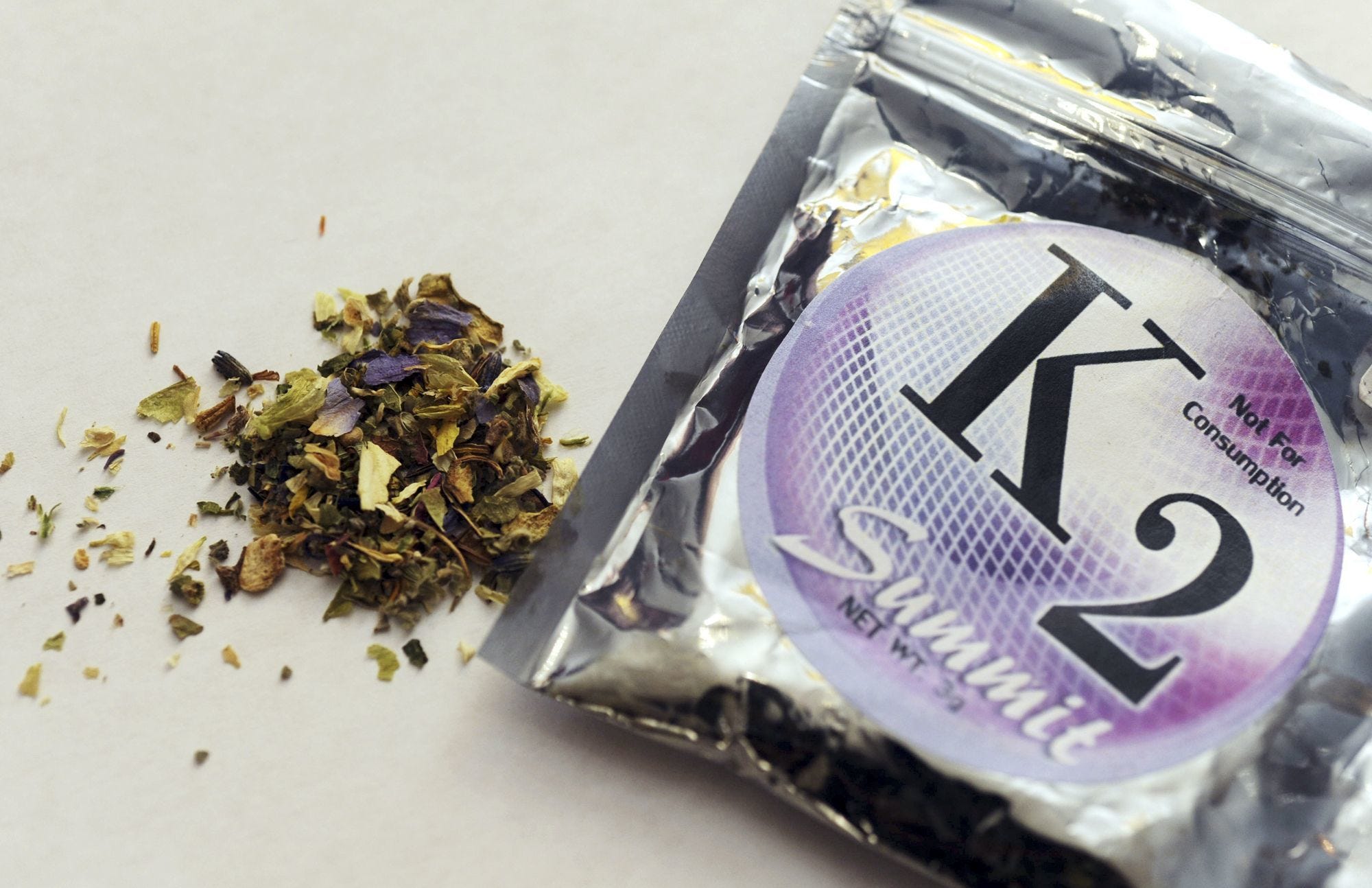"It didn't cure me, however it provided me the opportunity to get the rest I needed to heal, and I had the ability to function at a much greater level than with the pain relievers, which made me awaken foggy every day," he stated. "With cannabis, I can consume it in the evening and wake up with a clear head."Marijuana is an especially reliable treatment for people who need aid with discomfort management, along with those with sleep disorders or anxiety; nevertheless, "there are hundreds of conditions that it deals alternative to marijuana with," Rinella stated.
Medical decisions need to not be made based on advertising. Consult a physician on the benefits and risks of specific medical marijuana items.
The outcomes of an online study, comprising 95 participants, included in the Journal of Alternative and Complementary Medicine in 2014. The scientists discovered that participants http://messiahyrcj843.jigsy.com/entries/general/how-to-quit-smoking-weed-3-effective-thc-alternatives---- preferred indica pressures for pain management, sedation, and sleep while they would select sativa pressures to enhance energy and mood. Regarding discomfort management, individuals reported a statistically substantial result when utilizing indica for: It is, nevertheless, crucial to keep in mind that this study had numerous limitations.

Participants did not utilize the cannabis in a regulated setting, potentially resulting in differences in drug structure, dose, and strength. Another research study taken a look at using organically grown sativa and indica strains in the treatment of numerous medical conditions. Just over half of the individuals were using marijuana to deal with HIV.
The outcomes suggested that indica stress are more most likely to enhance energy and appetite, while both sativa and indica pressures can ease queasiness to a comparable degree. Marijuana includes compounds that might eliminate pain, nausea, and other symptoms. The parts of marijuana that a lot of research studies focus on for discomfort relief are cannabidiol (CBD) and tetrahydrocannabinol (THC).
CBDTHC resembles the cannabinoid chemicals that occur naturally in the body. When individuals consume or breathe in THC, it the brain's cannabinoid receptors. This triggers the brain's reward system and decreases discomfort levels. THC is a psychoactive substance as it binds to cannabinoid receptors and produces a raised mindset, called a high.